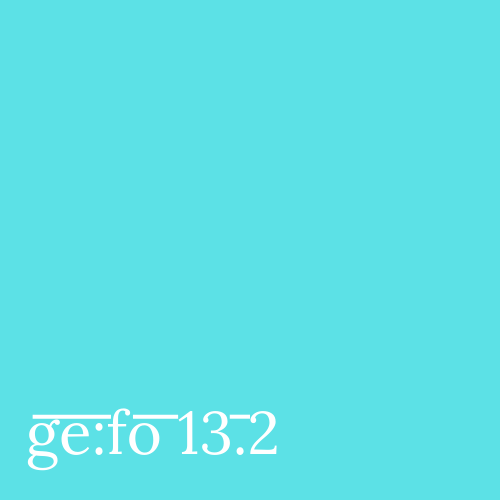Jasmine as a Fantasy
DOI:
https://doi.org/10.18716/ojs/gefo/2014.2630Keywords:
Bharati Mukherjee, Liberation, Black Heroine, Jasmine, The Color PurpleAbstract
The paper looks at Bharati Mukherjee’s Jasmine to assess the rendition of a “liberated woman” and finds it to be vague and insufficient on account of the inability of the heroine to break through, what Adrienne Rich insists are the political institutions of “heterosexuality” and “motherhood”. Emotional, economic or sexual alternatives that proffer new and fulfilling roles are conspicuously absent in the novel. The absence of these alternatives in Jasmine is juxtaposed to other powerful narratives by women of color, such as for example Alice Walker’s The Color Purple (1983) where such alternatives are explored. Jasmine concludes by invoking a fairy tale economic and emotional rescue of the colored heroine by white male figures, and in doing so the novel enacts, what Adrienne Rich calls the “lie” of “the romantic” in Western tradition. The conclusion appears fantastic because of Jasmine’s integration into the white society. Walker’s Black women, on the other hand, struggle to reclaim their dignity even within their own communities in a process that takes decades. The heroine’s search for an identity appears to be ultimately self-limiting and problematic as resolutions are sought within the conventional structures of gender, race and class.



